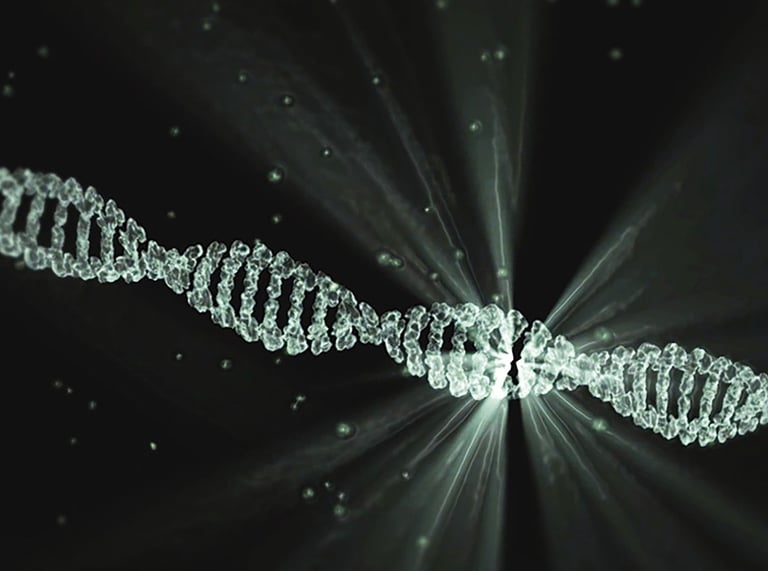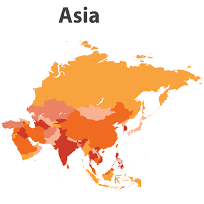Recent studies have highlighted super-enhancers (SEs) as important regulatory elements for gene expression, but their intrinsic properties remain incompletely characterized. Through an integrative analysis of Hi-C and ChIP-seq data, here we find that a significant fraction of SEs are hierarchically organized, containing both hub and non-hub enhancers.
Here we develop an approach to dissect the compositional organization of SEs based on long-range chromatin interactions. We find that a subset of SEs exhibits a hierarchical structure, and hub enhancers within hierarchical SEs play distinct roles in chromatin organization and gene activation. Our findings also identify a critical role for CTCF in organizing the structural (and hence functional) hierarchy of SEs.
DirectorsTalk caught up with Alexandre Akoulitchev the CEO of Oxford BioDynamics plc (LON:OBD) for his thoughts on this paper:
Wonderfull paper in Nature Communications from Dana-Farber Cancer Institute, Harvard Medical School, Howard Hughs Medical Institute and several other leading Institutions in US.
Very encouraging to see that the field of structure-function of genome 3D architecture is maturing and bringing new insights into complexities and regulatory context of genome regulation.
When analysed in cell lines a broad network of almost 30, 000 enhancers, generally implicated in transcriptional regulation of gene promoters, shows intricate hierarchical organisation. At the top of that pyramid are super-enhancers with the properties of hierarchical hubs – just less then 2% of all enhancer network. Those hubs show clear evidence for protein machinery of long range chromosomal interactions – chromosome conformation signatures, and evolutionary high pressure for enrichment of genetic variants – SNPs and eQTLs, associated with diseases, critical effects on gene expression (very elegant CRISPR interference and editing experiments) and control of cellular phenotype.
Fascinating to see, that subset of blood based eQTLs is most significantly associated with the hubs, when compared with any other eQTLS.
This systematic study gives further scientific support to technological approaches developed and deployed today by Oxford BioDynamics plc : blood-based selective monitoring of genome architecture through the hubs of long range chromosome conformation signatures have been delivering robust and validated stratification signatures in patient patient cohorts for several diseases indications.
The article in reference can be found here: https://www.nature.com/articles/s41467-018-03279-9










































